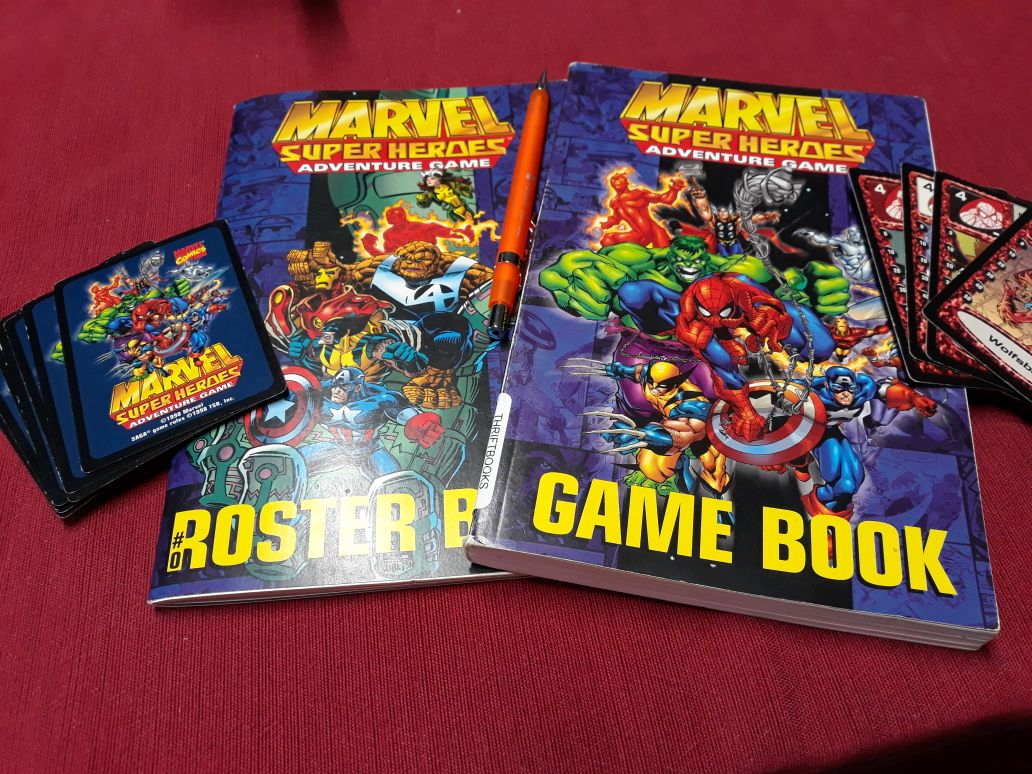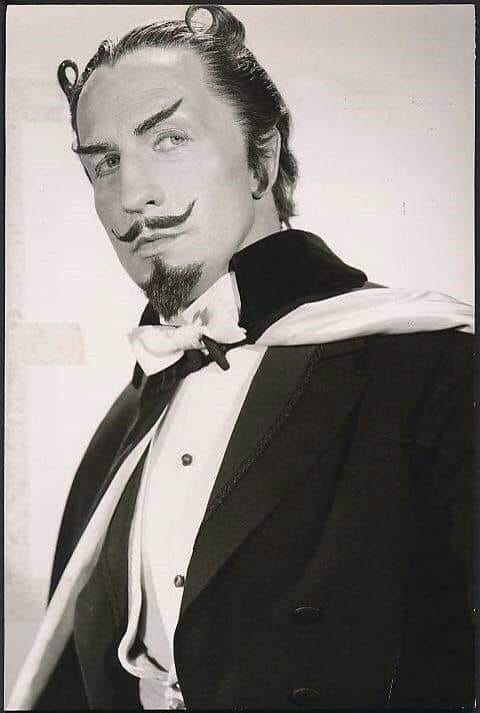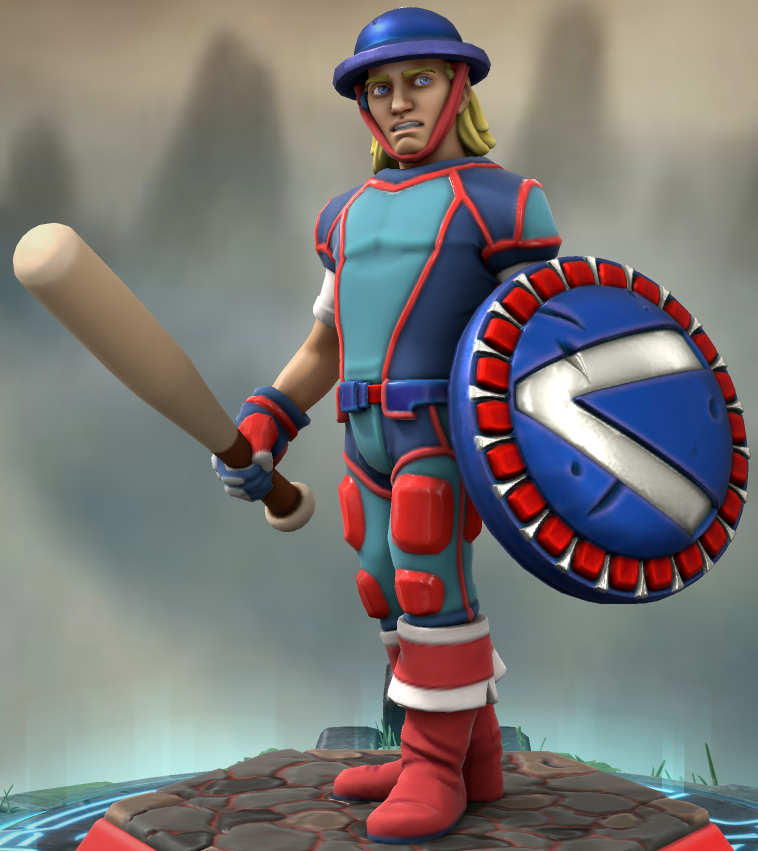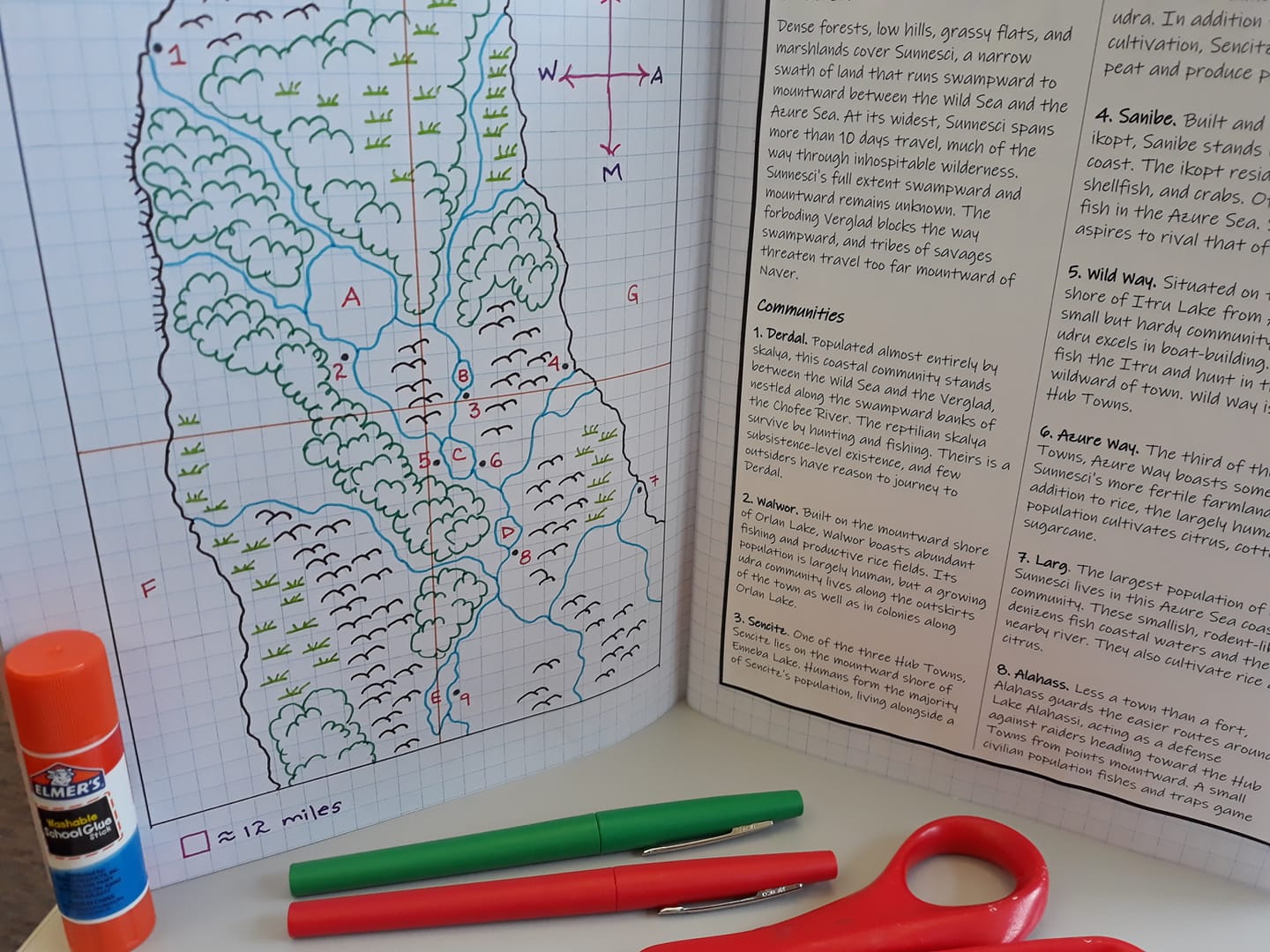The Devil’s Advocate
Last post, I talked a bit about the ad-hoc superhero game of which I’ve run one session with a second session scheduled for this coming Wednesday. One of the superhero games I have but have seldom played is TSR’s Marvel Super Heroes Adventure Game (MSHAG) published in 1998 with primary game design credit going to Mike Selinker, who based his work on the Saga rules largely engineered by William W. Connors. Unusually for TSR’s games, MSHAG doesn’t use dice for anything. The Fate Deck, consisting of 96 cards divided into five suits, governs character creation and action resolution in much the same way dice do in other games.

All in all, it’s an interesting system. It’s attractively illustrated and written in that “Hail, True Believers!” style that helped put Marvel Comics on the map more than half a century ago. The last time I GMed (or, to use in-game terminology, narrated) MSHAG, I made up a team of Mexican luchadores who used their sweet wrestling moves and superhuman powers to defeat a wicked plot to take control of the Southwestern U.S. by means of black-magically altered cabrito, the consumption of which reduced one’s resistance to external control. It was a hoot of a game, even if we all found the system a bit clumsy at times. I’m almost certain that this systemic clumsiness had more to do with our unfamiliarity with the rules than the rules themselves.
Like a licensed superhero games, the core assumption is very much that the players will run Marvel Comics heroes as their characters against Marvel Comics villains controlled by the GM. TSR’s Marvel games, however, have always included rules that let players create their own heroes. This is pretty much the way we always played TSR’s classic FASERIP Marvel Super Heroes, although comic book characters did make appearances, usually as villains or at least adversaries. For example, back in high school, one of my characters was the Gray Fox, a reformed super-mercenary with a bloody past, who went toe to toe against Captain America atop a skyscraper. The Gray Fox won the fight by managing to hurl Cap off the skyscraper. While Cap fell, the Gray Fox escaped.
Ah, good times.

Anyway, I’ve had the adjacent picture of the incomparable Vincent Price sitting in a Pics folder on my desktop for months. I figure it’s about time I did something with it, so here’s an MSHAG villain created using MSHAG’s character creation rules.
Step 1: Concept: I’ve got one.
Step 2: Draw Cards: I draw 10 cards from the Fate Deck. I discard the 1s, 2s, and 3s, and redraw (because I’m using the powerhouse option). I sort the cards by suit: 5 and 6 of Strength; 4, 6, and 8 of Intellect; 5, 6, 6, and 7 of Willpower; and the 10 of Doom. I have no Agility suit cards.
Step 3: Ability Scores. Ability scores are determined by assigning up to three cards to each of the four abilities. The lowest ability permitted is 2. The highest is 20. The sum of the cards gives the ability its score. I assign the 6 of Strength to Strength, the Doom card to Agility, the 8 of Intellect to Intellect, and the two 6s of Willpower to Willpower. The number of cards assigned to ability (excluding Doom cards) that match that ability’s suit determine skill codes. Doom cards never grant skills, so my villain has no Agility skills.
Step 4: Skills. My villain gets two Strength skills (Climbing and Martial Arts); two Intellect skills (Law and Occult), and three Willpower skills (Intimidation, Manipulation, and Mesmerism).
Step 5: Hand and Edge Size. Since the game uses cards, these stats relate to how many cards a villain gets (Hand Size) and how easy it is to get more than one card into play at a time (Edge). Hand Size also determines how much damage a villain can take. I’ve got four cards left, one of them the 7 of Willpower. I use it to raise my villain’s Hand Size and Edge by +1 each.
Step 6-7: Powers and Stunts. The remaining cards are used for powers and calling (see below). Powers are divided by suit like ability scores are. I put the Willpower card into Ability Boost and the two Intellect cards into Alchemy. Since one Willpower card has been put into a Willpower power, my villain gets one stunt. Likewise, with two Intellect cards in an Intellect power, the villain gets two more stunts. Each stunt is specific to its power.
Steps 8-9: Limits and Hindrances. I skip these, but if I hadn’t, I might have drawn cards that would boost my villain’s abilities.
Step 10: Calling. I choose the Greed calling, discard the 6 of Strength, and draw a new card, getting a 2 of Intellect with the Soldier calling. This does not match my villain’s calling, so I’m done. If it had matched, the drawn card would get assigned to further raise one of my villain’s qualities.
The Devil’s Advocate (Vincent Wilcox)
6C Strength
10X Agility
8C Intellect
12B Willpower
2 Edge
4 (25) Hand Size
Calling: Greed
Personality: Cunning, revels in causing fear, boastful of his abilities, considers himself a lady’s man
History: Vincent Wilcox has always been both brilliant and unpleasant. His brilliance made him a successful lawyer, but his unpleasantness kept him isolated and friendless. He turned to the study of the occult and hypnosis, and these obsessive pursuits resulted him using his mesmerism to influence witnesses and judges. When the truth of his activities came out, Wilcox faced serious criminal and civil penalties. Disbarred with little to look forward to but a long prison sentence, Wilcox fled the U.S. for former Soviet Bloc countries, lured there by his occult studies into alchemy giving him hope of finding the fabled philosopher’s stone. Wilcox did find the philosopher’s stone, and he used an ancient ritual to absorb its properties, granting him remarkable powers, but not the immortality that he most craved. Wilcox adopted the pseudonym of the Devil’s Advocate and returned to the U.S., taking up a life of crime to finance his occult studies.
Skills: Climbing, Martial Arts; Law, Occult; Intimidation, Manipulation, Mesmerism
Powers: Ability Boost 5 (Dual Ability Boost: Strength and Agility); Alchemy 10 (Disguise, Explosion)
In Marvel comic book terms (circa 1998), the Devil’s Advocate has Strength equal to Cyclops or Black Widow, Agility equal to Captain America or Iron Fist, Intellect equal to Green Goblin or Arcade, and Willpower equal to Captain America or Professor X. With his Ability Boost power, his Strength rises to Beast or Tigra levels and his Agility to better than Spider-Man. The Devil’s Advocate is no slouch when it comes to a physical confrontation.



